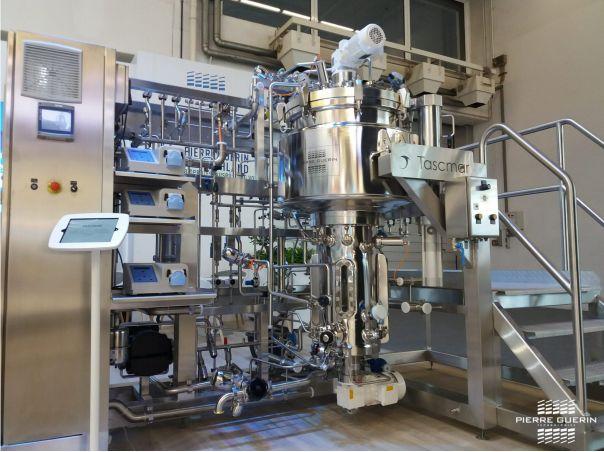So much of the planet’s vast oceans and seas have yet to be fully explored, especially the so-called mesophotic coral ecosystems (MCEs) located between 30 and 150m deep. And yet the potential discoveries lying hidden in these depths is huge, according to the EU-funded TASCMAR project.
Today, invertebrates like soft corals, sponges and sea anemones that grow in MCEs are the subject of intense scientific and commercial interest as a new source of biomaterials. But the problem has been sourcing sufficient volumes of diverse specimens without damaging the marine ecosystems that nurture them.
TASCMAR has developed innovative technologies for doing just that. The teams’ innovations are a direct response to the EU Blue Growth Strategy’s call to make discovering and commercialising marine-derived molecules more “sustainable, efficient and environmentally friendly”.
“If sustainably managed, the oceans offer great potential for new jobs and growth in the EU and beyond,” notes Karmenu Vella, Commissioner for Environment, Maritime Affairs and Fisheries on the release of a report last year on Europe’s ‘blue growth’ achievements and future directions.
Turnkey technologies for sustainable marine biodiversity cultivation
With around nine months until ending, the 48-month TASCMAR project has collected 515 marine invertebrates, isolated 1050 microbial ‘symbionts’ (organisms like actinomycetes and fungi that live in symbiosis) and more than 3500 extracts, fractions and pure compounds, and screened 100 fungi for specific enzyme activities with synthetic and environmental interest (dehalogenases, catechases and nitrilases).
Partners have patented and built two market-ready technologies – UniferteX and SomarteX – and several other novel solutions. They have also explored hundreds of highly active extracts and compounds against ageing and even cancer, which could one day lead to new drugs and treatments.
SomarteX investigates marine compounds without harvesting the invertebrates from their natural habitat. A proof of concept was featured on the cover of Marine Drugs journal and a full working model has been built and will be tested in open sea over the coming months, according to Jamal Ouazzani of the Institut de Chimie des Substances Naturelles, France, who leads TASCMAR. Meanwhile, a turnkey version of UniferteX was recently presented at the major ACHEMA 2018 event in Frankfurt, Germany.
“These two breakthrough technologies will accelerate the discovery of bioactive marine biomolecules in a sustainable and environmentally-friendly way,” predicts Ouazzani. Indeed, bringing together more than 110 international marine biologists, microbiologists, biochemists, analytical and structural chemists, industrial mechanical/electronic engineers, sociologists and economists under one umbrella, he believes TASCMAR has already more than played its part in helping the EU meet its ‘blue growth’ ambitions.
More info
TASCMAR: http://www.tascmar.eu
EU Blue Growth Strategy: https://ec.europa.eu/assets/mare/infographics/
Image
Turnkey version of UniferteX ©Pierre Guérin SAS-TASCMAR

